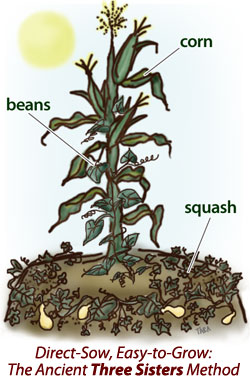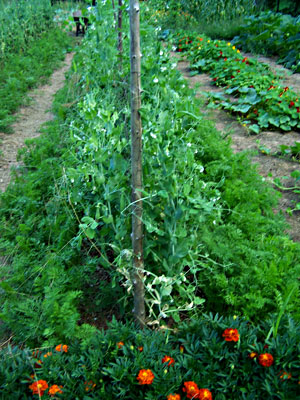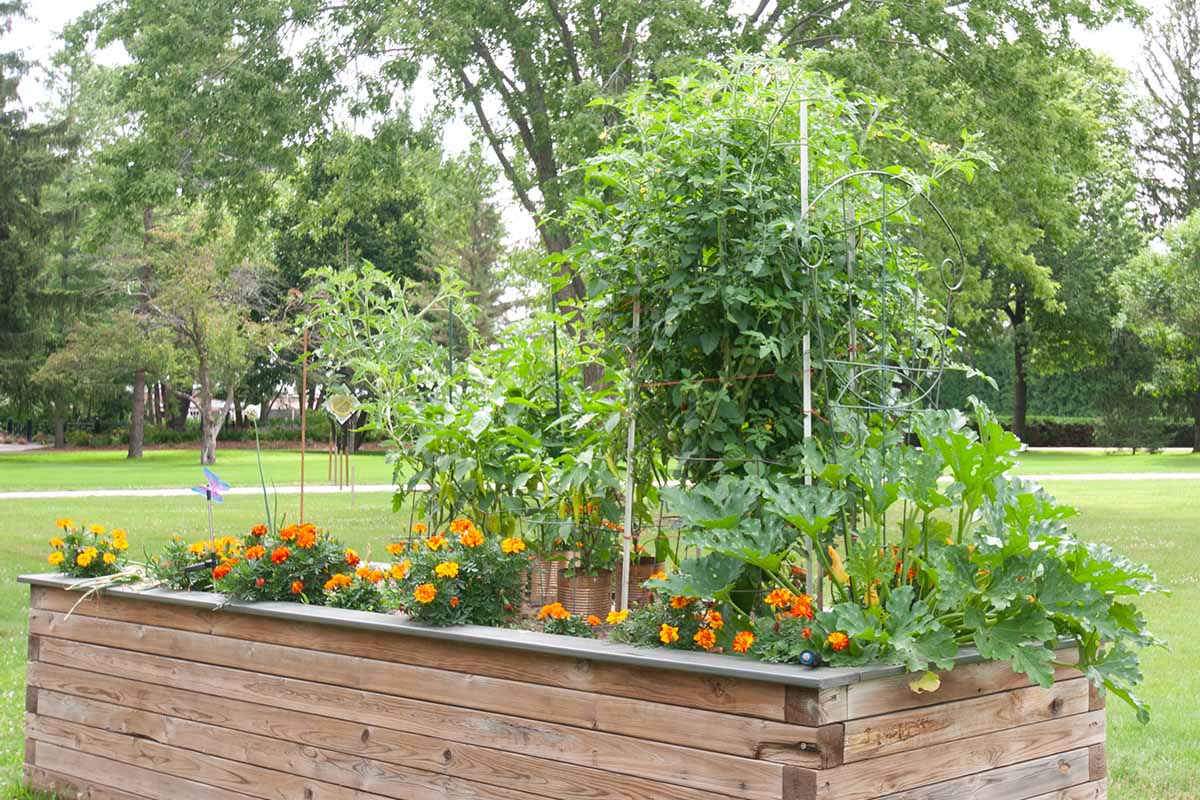The Ultimate Guide To Companion Planting For
The Ultimate Guide to Companion Planting for
Introduction
Companion planting is a gardening practice that involves planting certain plants together to benefit each other. There are many different benefits to companion planting, including:
- Increased yields
- Improved plant health
- Reduced pest and disease problems
- Increased pollination
- Improved soil quality
If you're looking for a way to improve your garden, companion planting is a great place to start. In this guide, we'll discuss the basics of companion planting, as well as some of the most beneficial plant combinations.
What is Companion Planting?
Companion planting is a gardening practice that involves planting certain plants together to benefit each other. There are many different ways to companion plant, but some of the most common methods include:
- Trap cropping: This involves planting a sacrificial plant that attracts pests away from other plants. For example, you might plant marigolds near tomatoes to attract the pests that would otherwise eat your tomatoes.
- Attracting beneficial insects: Some plants attract beneficial insects, such as ladybugs and lacewings, which help to control pests. For example, you might plant alyssum near your cabbage plants to attract ladybugs, which eat cabbage moths.
- Completing the nitrogen cycle: Some plants fix nitrogen from the air, which can benefit other plants that need nitrogen. For example, you might plant legumes, such as peas or beans, near your other vegetables to help them get the nitrogen they need.
- Deterring pests and diseases: Some plants have natural pest- and disease-fighting properties. For example, you might plant garlic near your roses to help deter aphids.
The Benefits of Companion Planting
There are many benefits to companion planting, including:
- Increased yields: Companion planting can help to increase yields by providing plants with the nutrients they need and by deterring pests and diseases.
- Improved plant health: Companion planting can help to improve plant health by attracting beneficial insects, providing shade, and helping to regulate soil moisture.
- Reduced pest and disease problems: Companion planting can help to reduce pest and disease problems by attracting beneficial insects, deterring pests, and providing disease-resistant plants.
- Increased pollination: Companion planting can help to increase pollination by providing plants with the pollen and nectar they need.
- Improved soil quality: Companion planting can help to improve soil quality by adding organic matter, fixing nitrogen, and suppressing weeds.
How to Companion Plant
There are many different ways to companion plant, but some of the most common methods include:
- Researching plant combinations: There are many resources available that can help you to research plant combinations. You can find books, websites, and even apps that can tell you which plants benefit each other.
- Observing your garden: Pay attention to how your plants are doing and make note of any plants that seem to be benefiting each other. You can also experiment with different plant combinations to see what works best in your garden.
- Asking for advice: Talk to other gardeners and see if they have any advice on companion planting. They may be able to share some of their favorite plant combinations with you.
Conclusion
Companion planting is a great way to improve your garden. By planting certain plants together, you can increase yields, improve plant health, reduce pest and disease problems, and increase pollination. There are many different ways to companion plant, so do some research and find the methods that work best for you.
Companion planting is a gardening technique that involves planting certain plants together to benefit each other. There are many different benefits to companion planting, including improved pest control, increased pollination, and enhanced nutrient uptake.
If you're interested in learning more about companion planting, I recommend visiting Gardenia Inspiration. This website has a comprehensive database of companion plants, as well as detailed information about the benefits of each combination.
In addition to providing information about companion plants, Gardenia Inspiration also offers a variety of other gardening resources, including articles, videos, and a forum where you can ask questions and get advice from other gardeners.
So if you're looking for a way to improve your garden's health and productivity, I encourage you to check out Gardenia Inspiration. You won't be disappointed!
FAQ of companion plants for
Question 1: What are companion plants?
Answer: Companion plants are plants that are grown together in order to benefit each other. They may attract beneficial insects, repel pests, improve soil quality, or provide other benefits.
Question 2: How do I choose companion plants?
Answer: There are a few things to consider when choosing companion plants. First, you need to consider the needs of the plants you are growing. For example, some plants need full sun, while others prefer partial shade. Second, you need to consider the pests and diseases that are common in your area. Some companion plants can help to repel pests or diseases. Third, you need to consider the overall look of your garden. Some companion plants look better together than others.
Question 3: How close do companion plants have to be to each other?
Answer: The distance that companion plants need to be from each other depends on the plants involved. Some plants, such as beans and corn, should be planted within two or three rows of each other. Other plants, such as tomatoes and basil, can be planted closer together.
Question 4: What are some good companion plants for tomatoes?
Answer: Some good companion plants for tomatoes include basil, beans, carrots, chives, marigolds, nasturtiums, onions, and peppers. These plants help to repel pests, attract beneficial insects, and improve soil quality.
Question 5: What are some plants that should not be planted together?
Answer: Some plants that should not be planted together include beans and potatoes, corn and melons, cucumbers and tomatoes, and garlic and onions. These plants can compete for nutrients or water, or they can attract the same pests or diseases.
Image of companion plants for
- Tomatoes and basil. Basil is a natural pest repellent for tomatoes, and it also helps to improve the flavor of the tomatoes.
- Beans and corn. Beans fix nitrogen in the soil, which benefits the corn, and the corn provides a trellis for the beans to climb.

- Carrots and onions. Carrots and onions have different root systems, so they don't compete for nutrients. Onions also help to repel carrot flies.

- Peas and lettuce. Peas fix nitrogen in the soil, which benefits the lettuce, and the lettuce shades the soil, which helps to keep the peas cool.

- Marigolds and tomatoes. Marigolds help to repel nematodes, which can be a problem for tomatoes.

Post a Comment for "The Ultimate Guide To Companion Planting For"